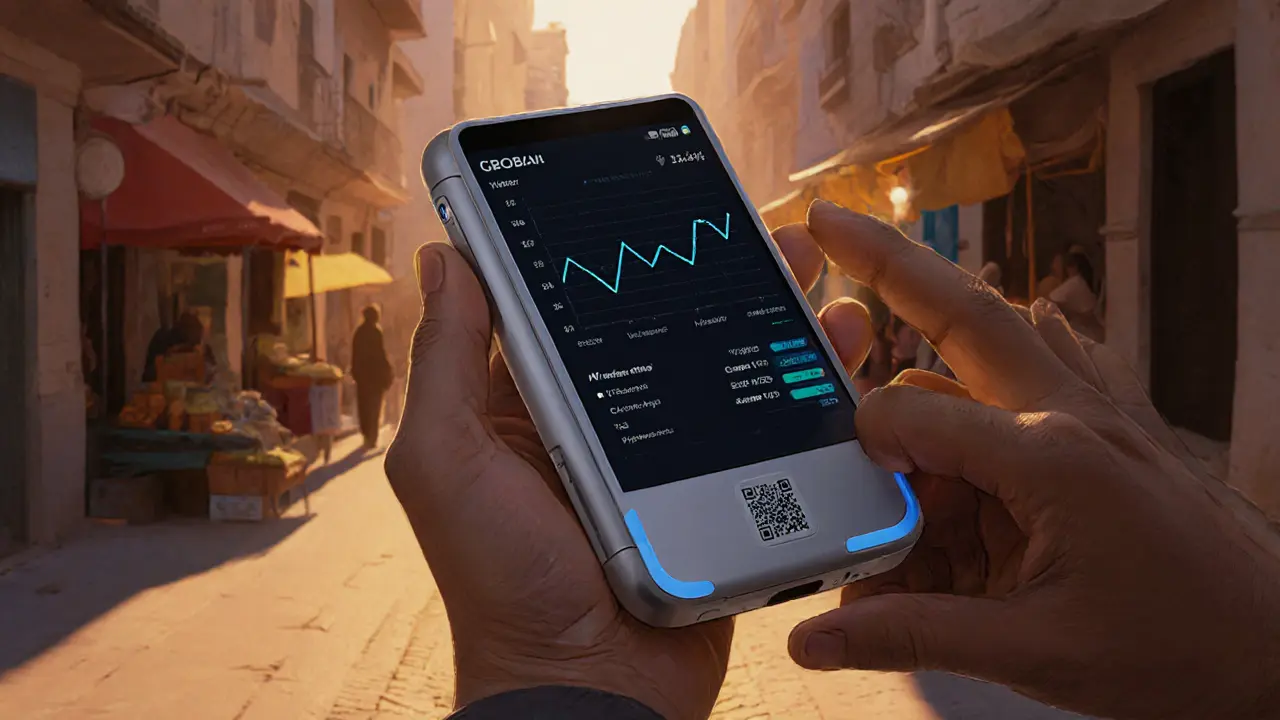CBDC Morocco: What It Means for the Economy
When talking about CBDC Morocco, the proposed Central Bank Digital Currency for Morocco that aims to digitize the national currency and broaden access to financial services. Also known as Moroccan digital dirham, it could reshape payments across the country.
At its core, a Central Bank Digital Currency, a digital version of a fiat currency issued directly by a central bank is different from cryptocurrencies because it is backed by the state and subject to monetary policy. The initiative is overseen by Bank Al-Maghrib, Morocco's central bank responsible for regulating money supply and ensuring financial stability. These three entities form a tightly linked chain: Bank Al-Maghrib defines the monetary framework, the CBDC Morocco implements it on a digital layer, and the Central Bank Digital Currency concept provides the technical blueprint.
Key Benefits and Challenges
CBDC Morocco promises faster, cheaper payments, especially for people without a traditional bank account. By using a blockchain‑based ledger or a permissioned distributed system, transactions settle in seconds instead of days, which boosts financial inclusion, the ability of underserved populations to access formal financial services. Mobile wallets could become the primary way to pay for groceries, transit, or utility bills, cutting out costly intermediaries.
But the rollout isn’t just a tech upgrade. It forces regulators to rethink privacy rules, anti‑money‑laundering controls, and cross‑border payment protocols. A digital dirham must balance anonymity for everyday users with traceability to prevent illicit activity. Moreover, the underlying infrastructure—whether a public blockchain, a permissioned DLT, or a hybrid solution—impacts scalability, energy use, and resilience. Morocco’s existing payment networks will need to interoperate with the new digital layer, which adds complexity to the migration path.
Another critical piece is public trust. Citizens must feel confident that a digital dirham is safe, that their balances are protected, and that the central bank can recover funds if a wallet is lost. Educational campaigns and clear consumer protection guidelines will be essential to avoid skepticism that derailed similar projects elsewhere.
Beyond domestic use, a well‑designed CBDC can streamline remittances. Morocco receives billions in foreign transfers each year; a digital dirham could cut fees and speed up delivery, directly benefiting families that rely on overseas earnings. It also opens doors for new fintech products—micro‑loans, programmable money, and tokenized assets—fueling innovation in the broader economy.
The policy debate is lively. Some argue that a CBDC could give the central bank tighter control over liquidity, enabling more precise stimulus measures. Others worry about the potential to bypass traditional banks, which could destabilize the existing banking sector. The legal framework will need to clarify the status of digital cash, its relationship to cash, and the rights of holders.
In practice, the success of digital payments, electronic transactions using mobile or online platforms in Morocco will hinge on reliable internet access, affordable devices, and interoperable standards. Rural areas still face connectivity gaps, so any CBDC rollout must pair technology rollout with infrastructure investment.
Looking ahead, the pilot phases scheduled for the next two years will test core functions: issuance, redemption, transaction speed, and compliance checks. Early adopters will likely be tech‑savvy youths and small merchants, whose feedback will shape the final design. As the project evolves, expect reports on pilot outcomes, adjustments to the technical architecture, and updates to regulatory guidelines.
Below you’ll find a curated set of articles that break down each of these angles—technical design, policy implications, user experience, and regional impact—so you can get a full picture of what CBDC Morocco could mean for you and the broader economy.

How Moroccans Use Crypto for International Payments Amid the Ban
Explore how Moroccans bypass a strict crypto ban to send international payments, the rise of underground Bitcoin networks, and the central bank's plans for a regulated CBDC.
